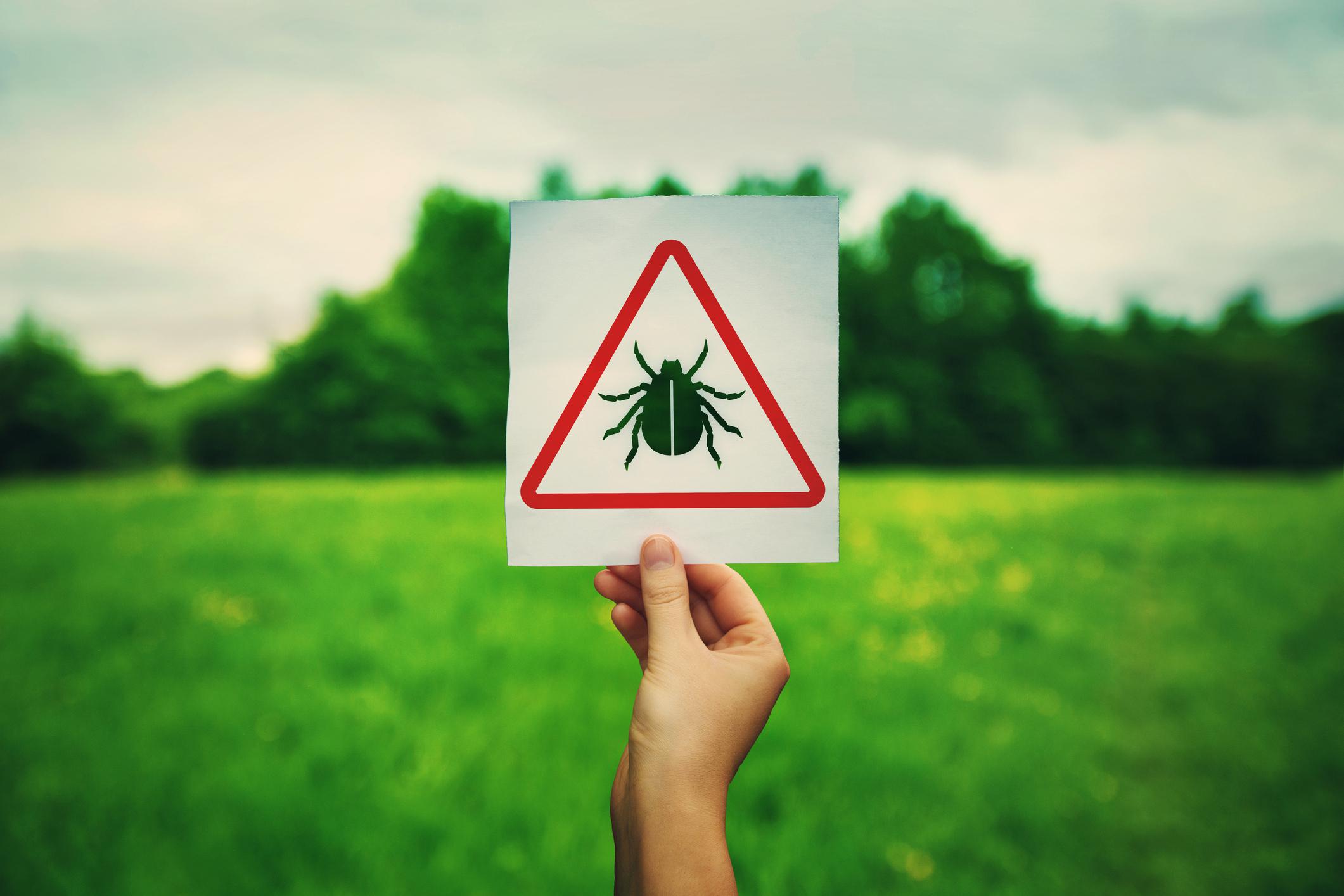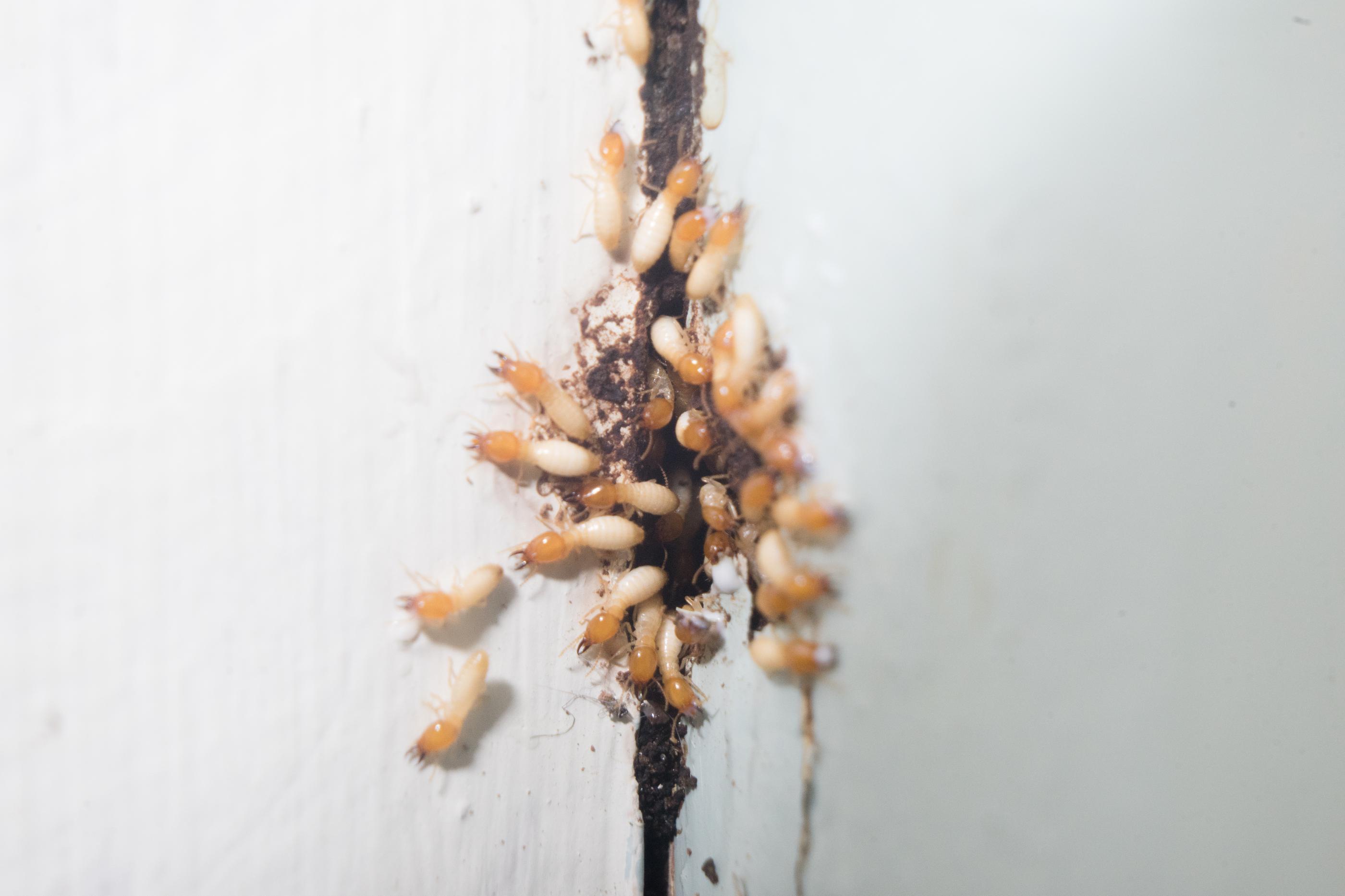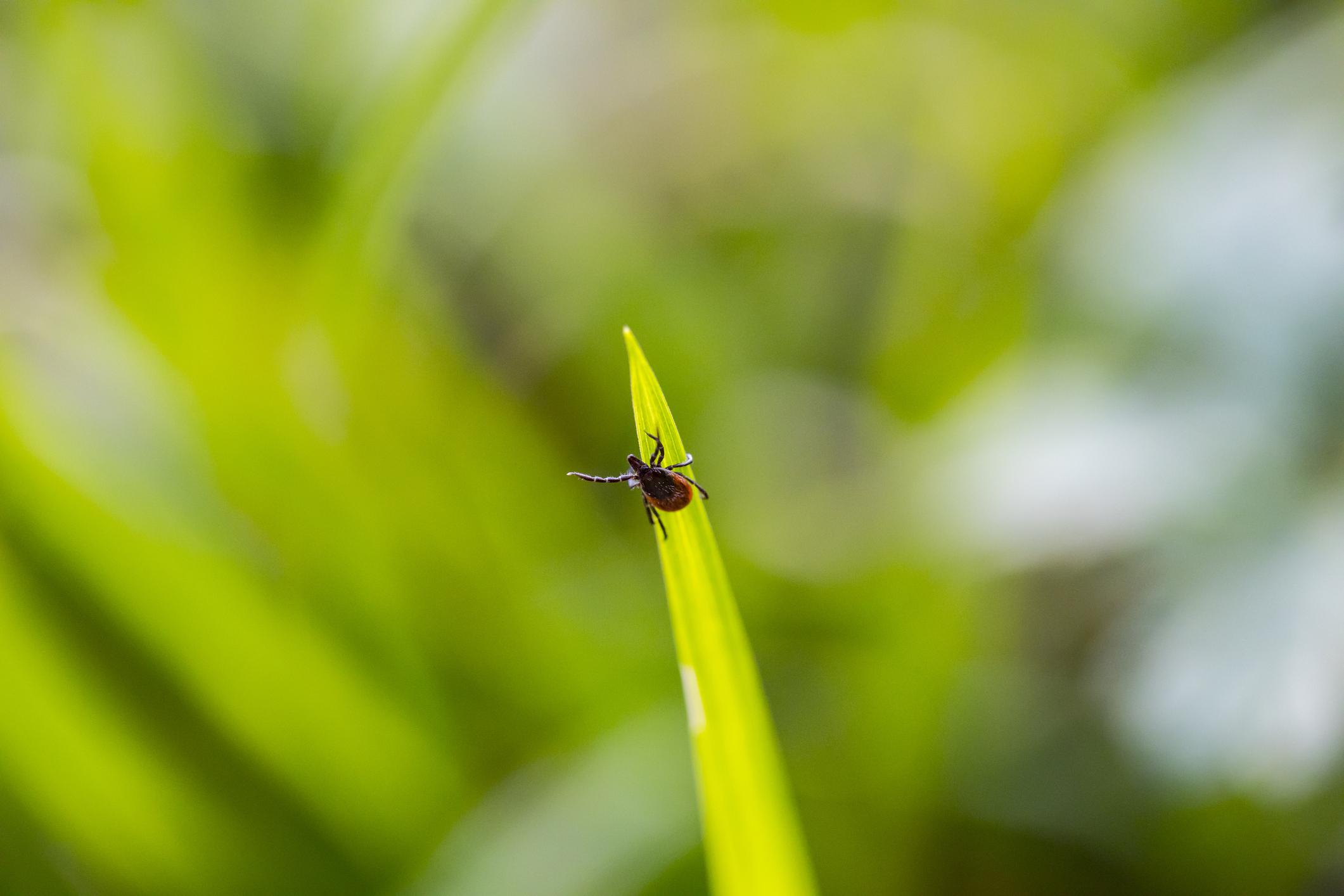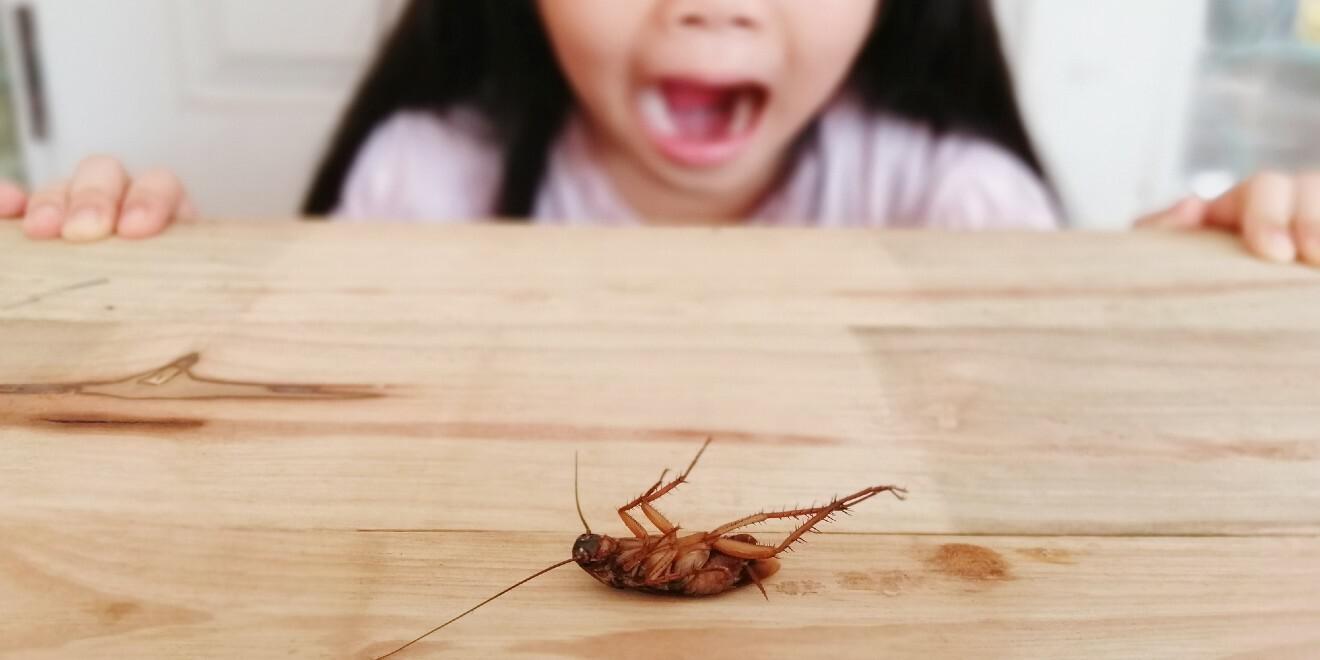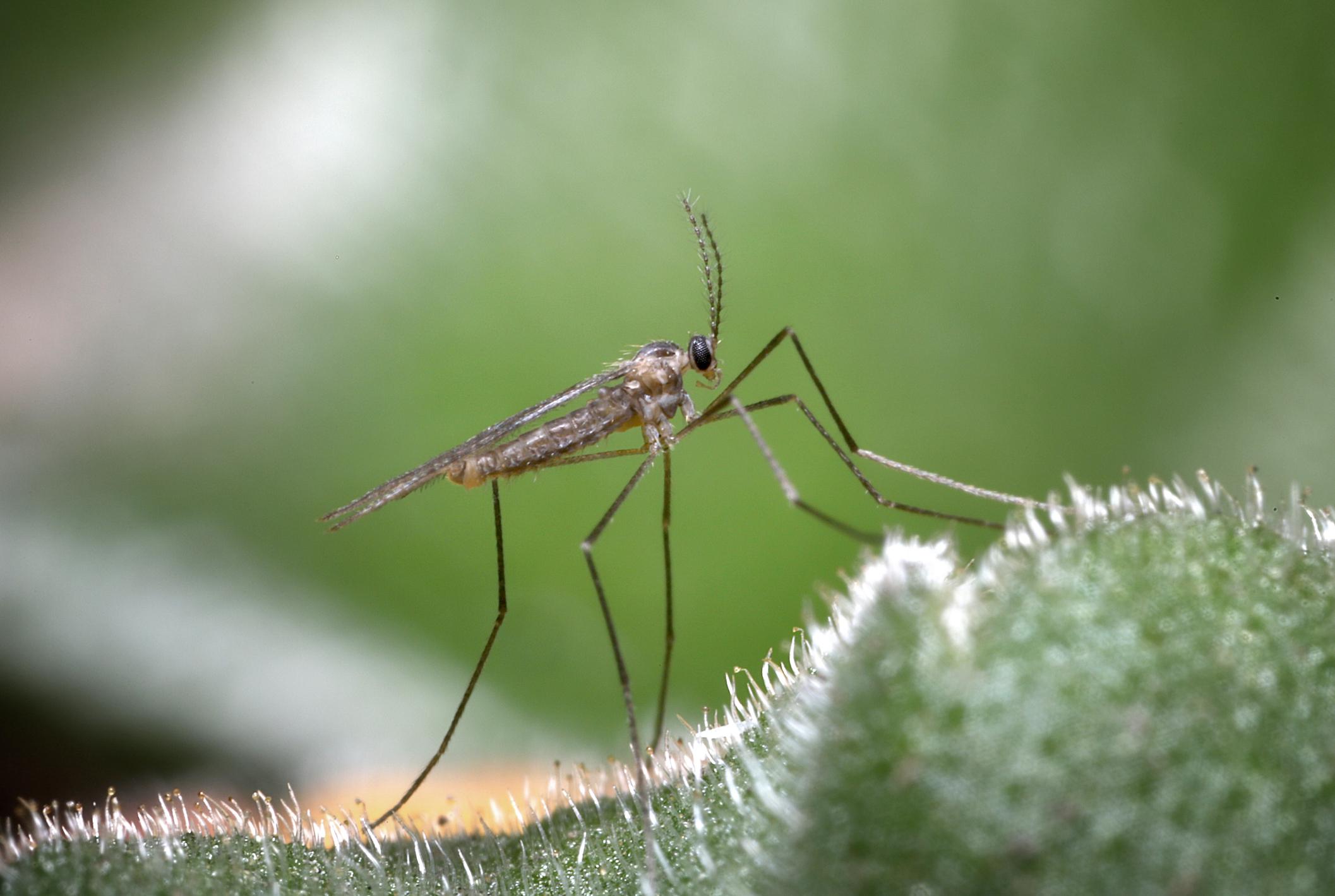Human and Social Cost of Lyme Disease
Posted by Mosquito Squad
December 20, 2023
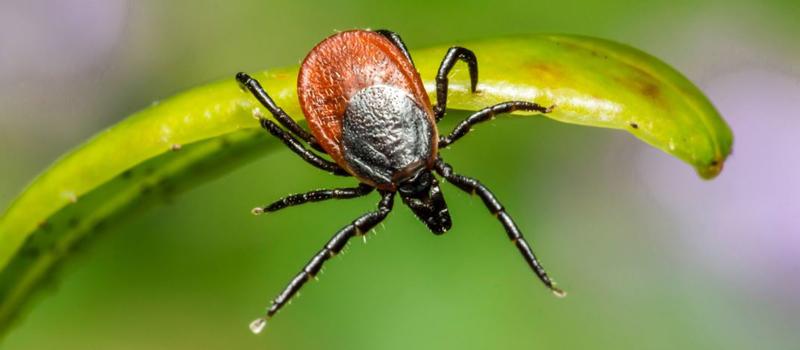
When we consider the cost of an illness, such as Lyme disease, we usually think about the cost of treating the disease.
The cost of medical services, lab tests, diagnostic services, prescriptions, and even the cost of rehabilitation services can all be understood using simple math. And those costs can be exorbitant, especially where chronic Lyme disease is concerned. For the individual and society, there are many more costs difficult or impossible to calculate. A study published in March 2014, Severity of chronic Lyme disease compared to other chronic conditions: a quality of life survey, discussed these costs for Lyme disease.
The Impact of Lyme Diagnoses in the United States
You may not know that 1% of the US population, or 300,000 people, will be diagnosed with Lyme disease this year alone. During that same period, the number of new cases of HIV/AIDS in the US will be 1/6 that number or 50,000 cases. The point is not to compare diseases and the toll they both take on patients. The only reason for mentioning these numbers is to talk about how many more people are impacted by just one of several tick-borne illnesses, in comparison to a widely-known infection. There is far more money spent on research of other diseases than Lyme, despite the difference in the number of cases. Many people believe Lyme is easily diagnosed and highly treatable, with little long-term impact to patients – but this is untrue. One small tick, one small bite can do a lot of damage, and residual illness can last a lifetime.
Lyme disease testing is not black or white - there is a lot of gray area.
The actual number of Lyme disease cases in the US is a major point of debate and has been for years. There are several tests used to verify a patient has been exposed to the bacteria. However, there is no test to prove someone has or does not have Lyme disease. The tests commonly used to diagnose the illness indicate if a patient’s blood system created antibodies against the bacteria that transmit Lyme infection. The recent study cited above indicates that 61.7% of the patients were not diagnosed for at least 2 years.
Physicians diagnosing Lyme disease need a positive blood test for the antibodies or clinical evidence of the disease. Clinical evidence may be a tick bite and flu-like symptoms described by the patient. Many residents of Rhode Island might believe Lyme disease always presents with a bulls-eye rash around the tick bite. In many cases no tick bite is found – and the bulls-eye rash is also not found in an estimated 30% of the 300,000 cases. Since it may take 1-4 weeks for the first symptoms to appear, the tick bite may have already completely healed. Without any clinical signs, physicians may be[JL1] hesitant to prescribe antibiotics and provide treatment.
Difficult to diagnose, proper Lyme treatment could be delayed.
The difficulty of a correct diagnosis of Lyme disease and subsequent treatment is further complicated by comorbidity. Comorbidity means that more than one infection or disease may be present. Not all tick-borne diseases are bacterial infections, such as Lyme disease and Anaplasmosis. Some tick-borne infections are caused by parasites. When comorbidity is possible, a correct diagnosis can be made for one disease and the other can be missed entirely. Different ticks will often carry different diseases. If you are in an area like Pawtucket, Rhode Island, where ticks can pass various infections[JL2], it’s unfortunate, but not impossible for two different ticks to transmit two different diseases.
Living with chronic Lyme symptoms is more prevalent than dying from Lyme complications.
In the case of Lyme Disease, the number of deaths is low. The number of people misdiagnosed for years and those who develop Post Lyme Disease Syndrome (PTLDS) is exponentially higher. The CDC estimates that 10-20% of patients diagnosed with Lyme Disease will have lingering symptoms. These symptoms can last longer than 6 months before subsiding. In some cases, these 60,000 patients lack concentration at work and are in chronic pain. Some are unable to return to work at all.
When we consider the number of patients involved, the number of cases misdiagnosed from inconclusive tests and symptoms, the length of time required to recover in cases involving PTLDS, the human and social cost of Lyme disease becomes more evident. The lack of research and funding into Lyme disease continues to prevent us from determining the cost of this disease to the individuals diagnosed with it, as well as to the healthcare systems and society that supports them.
Lyme disease prevention through tick control is the front line of defense for Rhode Island.
Helping prevent tick bites that might cause Lyme disease in Rhode Island is something we care about deeply. More tick bites happen at home than any other place, which makes sense because your own property is where you spend the lion's share of your time. Mosquito Squad of Rhode Island can help reduce the number of the ticks in your yard with our traditional barrier tick control. Professional tick control measures are designed to have your yard treated about every three weeks from spring through the end of autumn. In addition, a tick tube program in the late fall and winter will work to control [JL3] nymph and larval (baby) ticks before they can begin their reign of terror.
Trust the trained tick control technicians at Mosquito Squad of Rhode Island to help protect you and your family from potential Lyme-infected tick bites. Call us today at (401) 825-0110.








